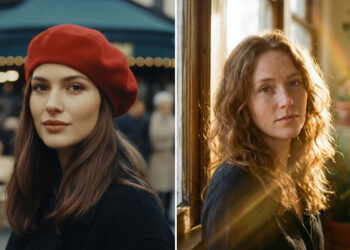Nichola Doro’s photography is a tender symphony of emotion, intimacy, and everyday life. Born in Cagliari in 1979 and trained in psychology, Doro brings a deeply human sensitivity to his visual storytelling. His journey into photography began not in faraway places but within the loving walls of his own home. Capturing authentic moments of his wife Roberta and their three children, he quickly found that the beauty of life often lies in its smallest, quietest instants. With the birth of his second child, he launched “reportageofmylife”—a deeply personal project chronicling the evolving chapters of his family through the lens.
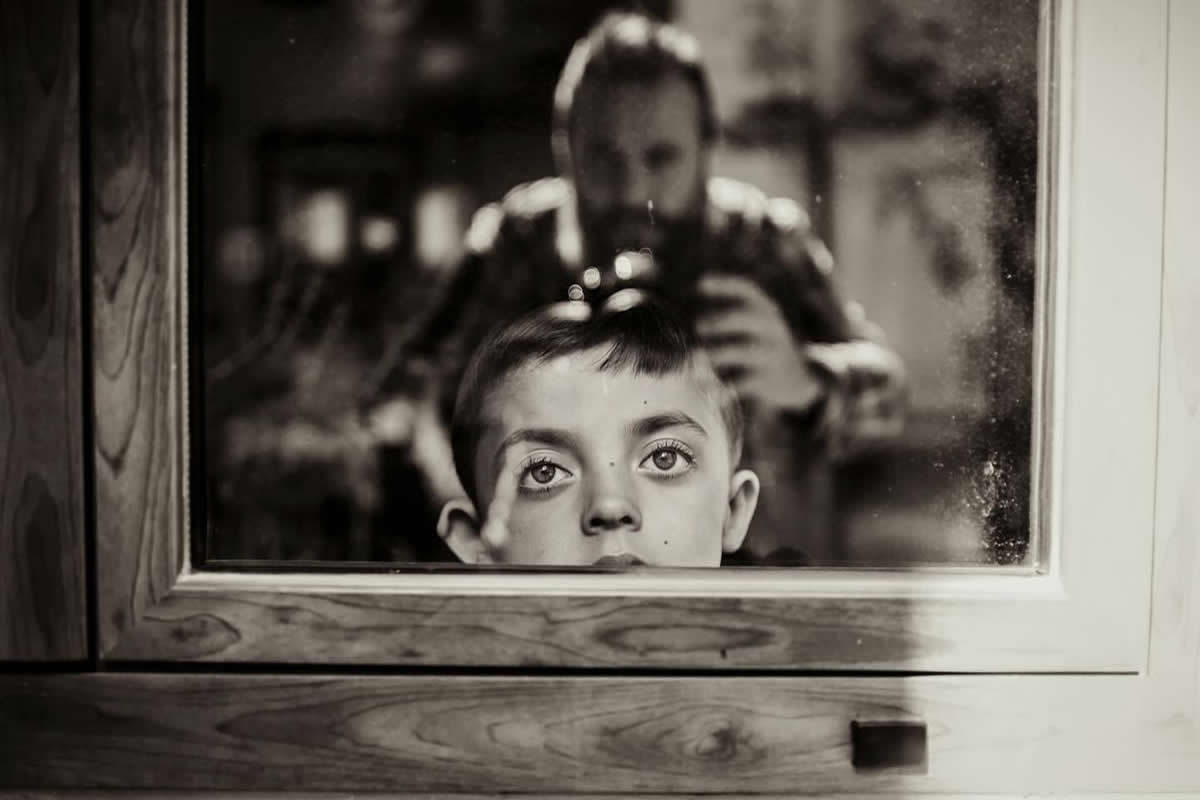
Doro’s photographs are unmistakable for their emotional resonance and visual warmth. Often rendered in sepia tones, his portraits radiate nostalgia and sincerity, transforming fleeting memories into timeless keepsakes. Each frame is an ode to love, presence, and connection—told not through poses, but through moments of raw, unguarded emotion.
As a photographer rooted in portraiture, reportage, and family documentation, Doro does more than take pictures; he translates feeling into form. These 30 poignant portraits reveal not just the people he loves, but the powerful emotions that define their shared lives. Together, they offer a window into what it means to love, to belong, and to remember.
You can find Nichola Doro on the web:
#1
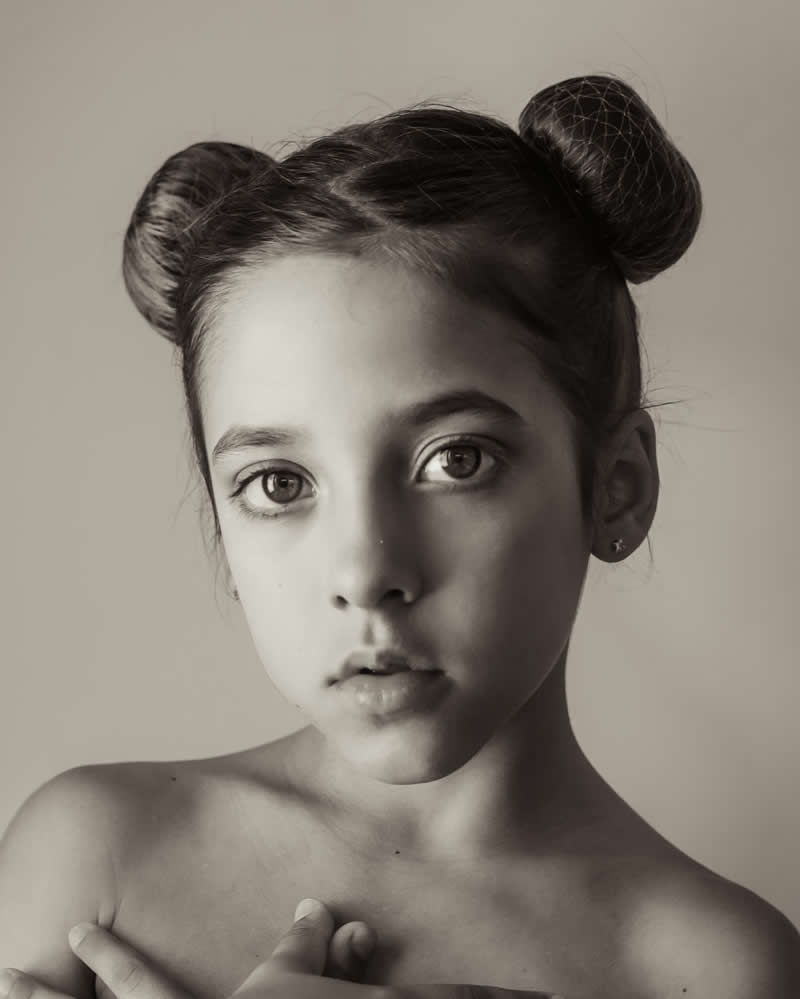
#2
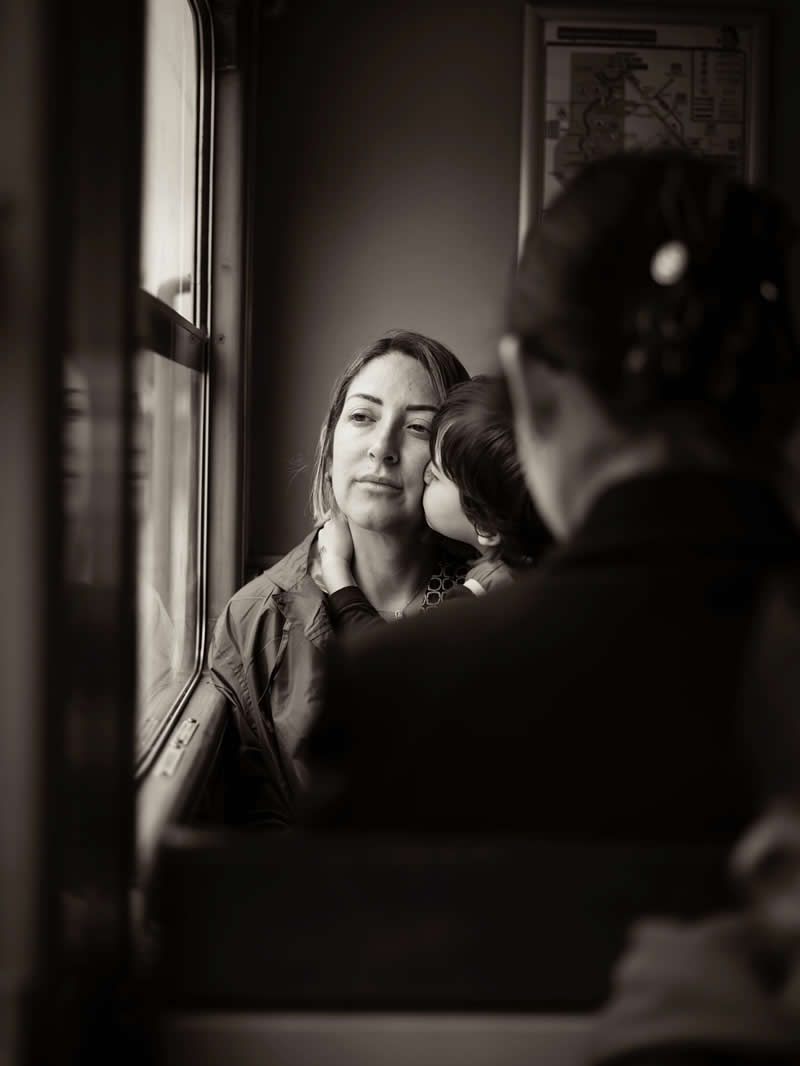
#3
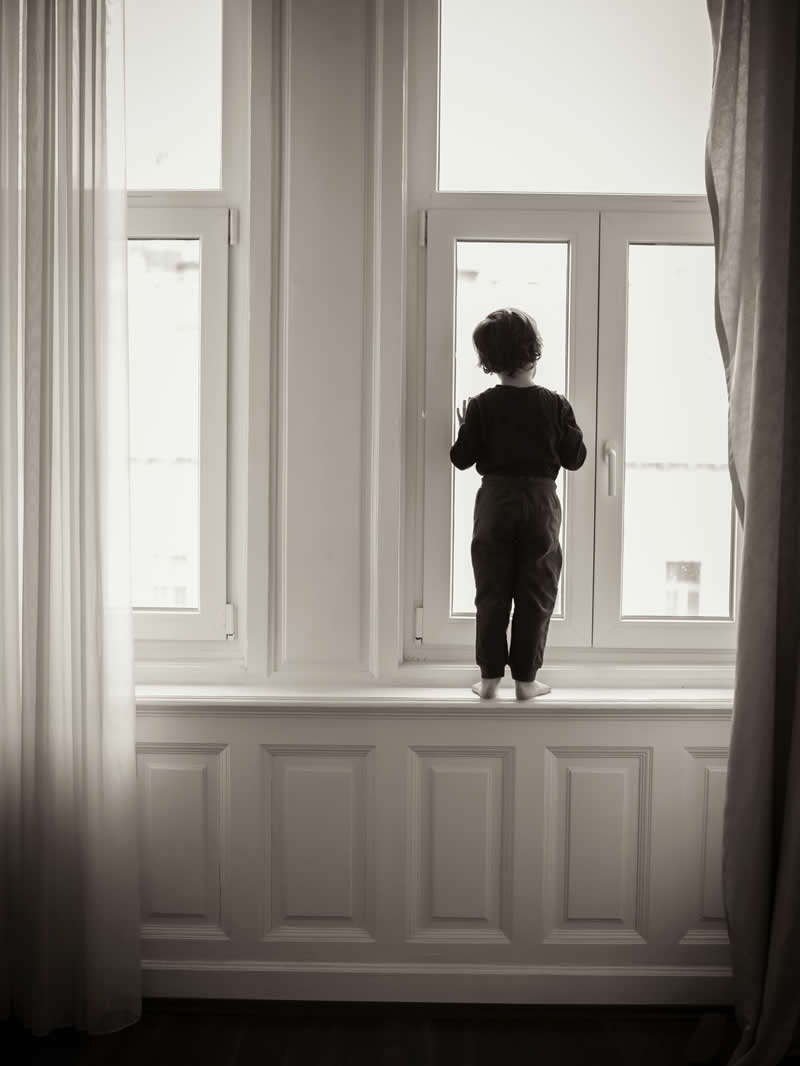
The Psychology Behind the Portraits
Nichola Doro’s academic background in psychology informs his ability to read and reveal emotion through the camera. His portraits go beyond surface expressions—they’re psychological studies wrapped in visual form. He captures his subjects, especially his children and wife, in moments of vulnerability, joy, or deep thought, transforming each frame into a layered emotional story.
This awareness allows him to anticipate gestures and expressions that convey inner truth, giving his family photography a unique depth. Doro’s ability to blend intuition with technical skill results in portraits that are not only visually striking but psychologically rich, creating timeless images that resonate with viewers far beyond the moment of capture.
#4
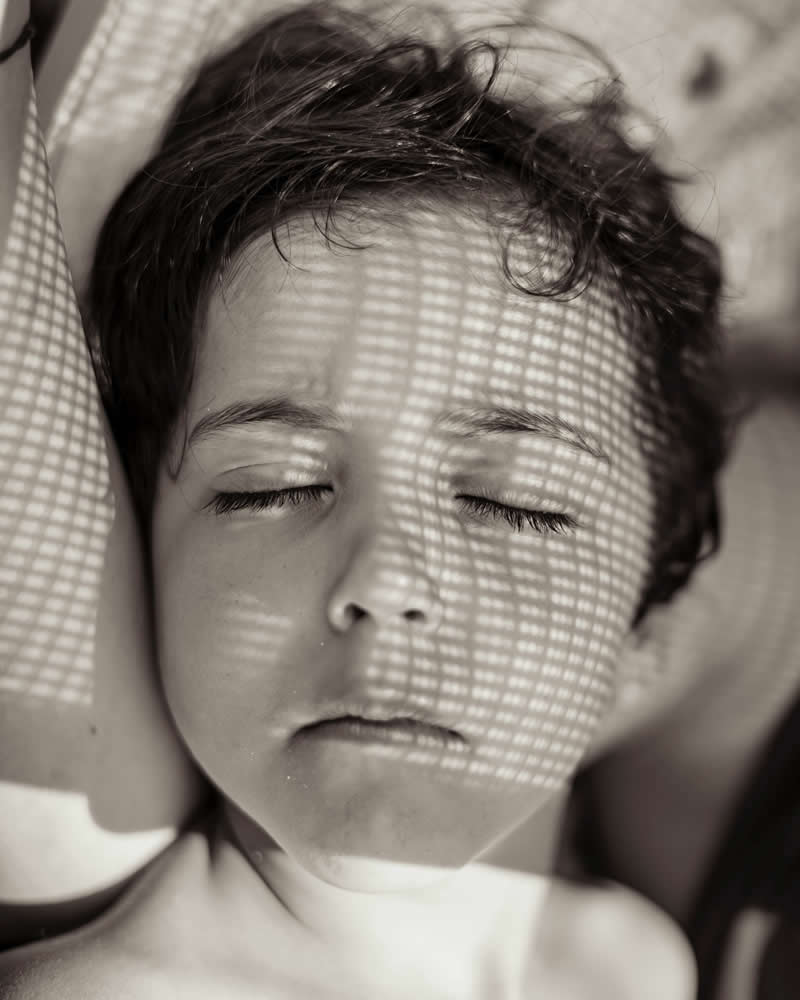
#5
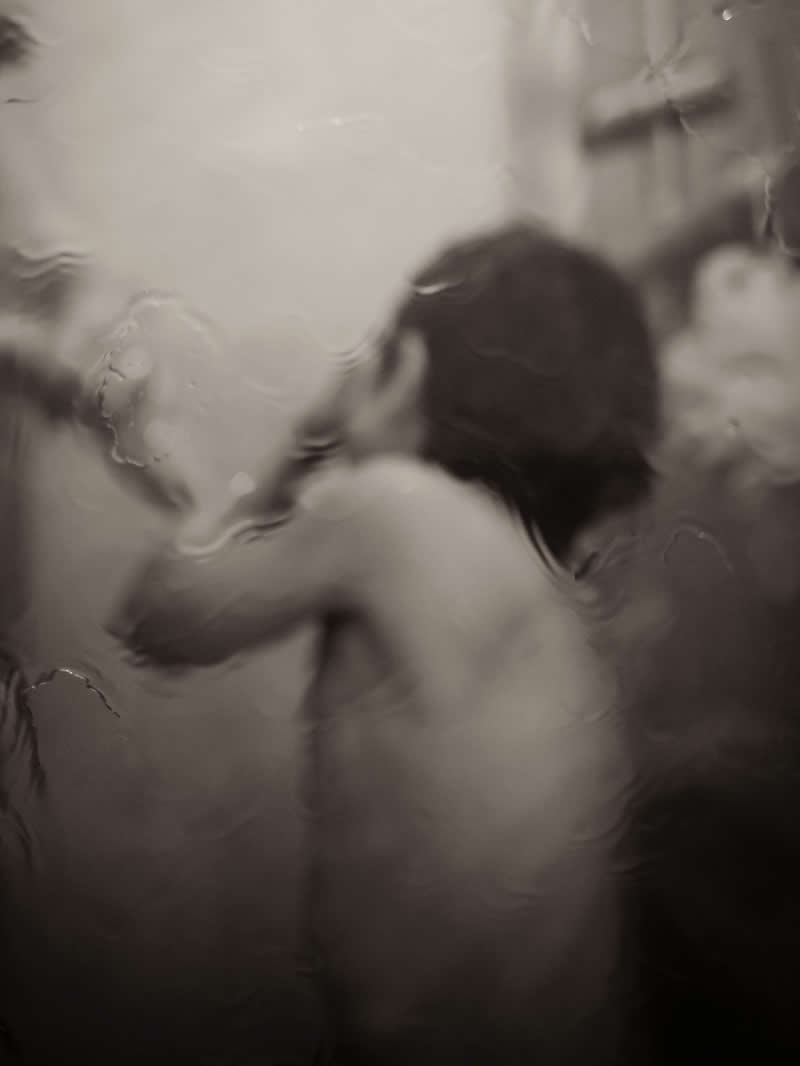
#6

Portraiture Rooted in Family and Affection
At the heart of Doro’s work is his own family—his muse, his world, and the inspiration behind his most moving portraits. Rather than stage artificial moments, he documents daily life as it unfolds: a sleepy glance, a laugh shared between siblings, a quiet gaze from Roberta. These scenes, though ordinary, are infused with profound affection. His children grow before our eyes, each image marking a chapter in their journey.
His family portraits are not about perfection but presence. Through the lens, love becomes tangible. By photographing with such personal involvement, Doro creates images that feel as genuine and tender as the relationships they depict.
#7
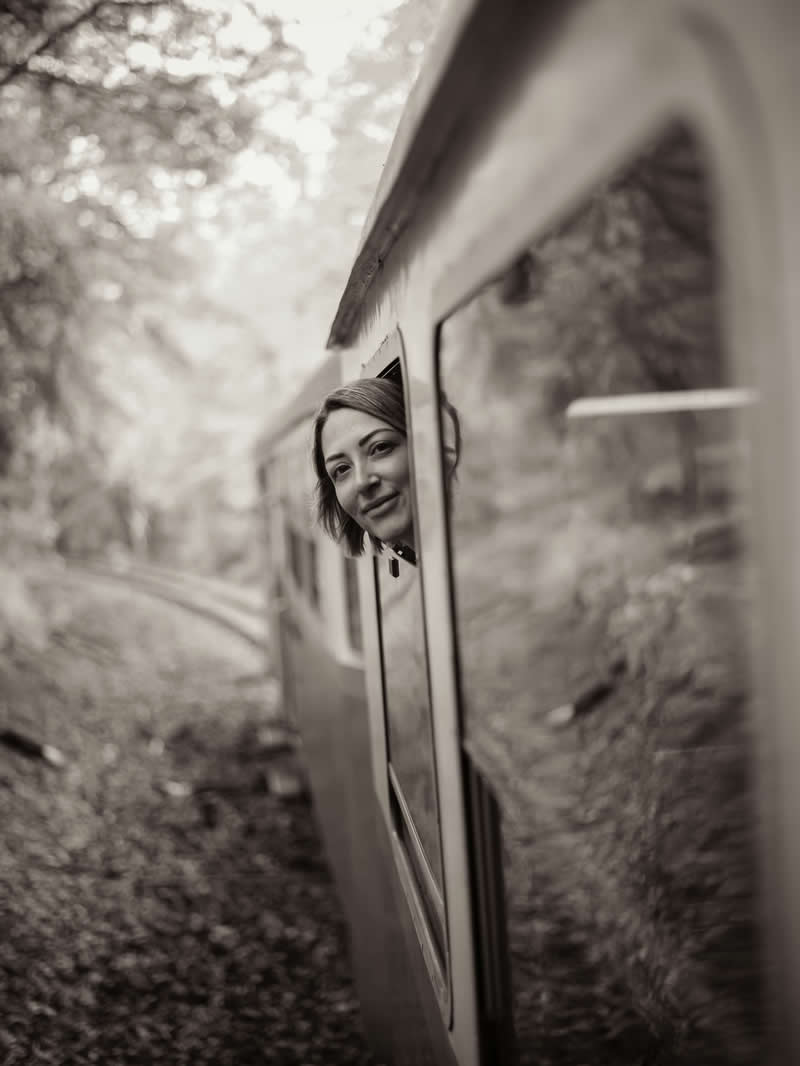
#8
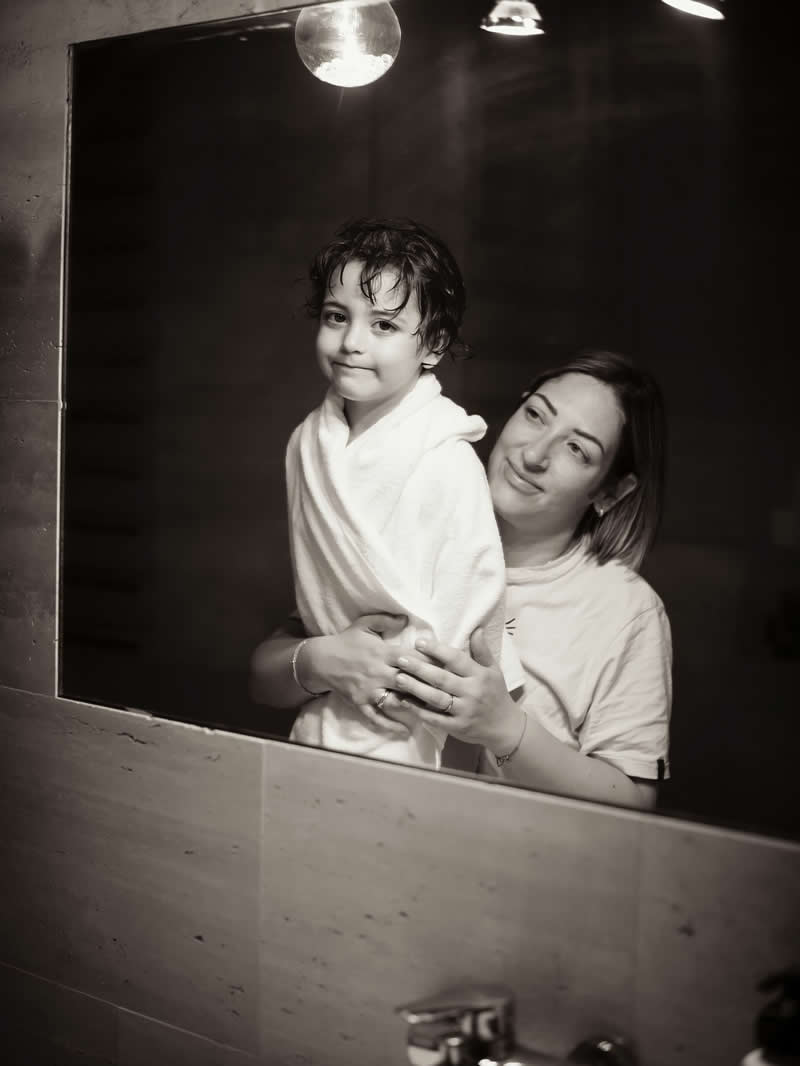
#9
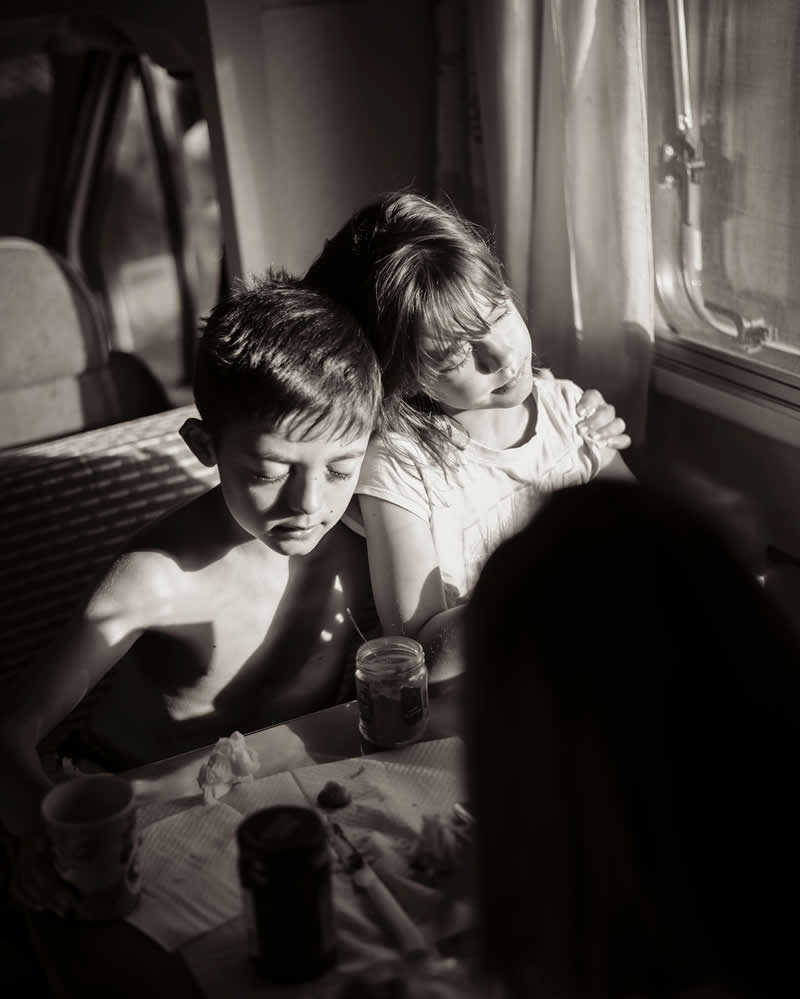
“Reportage of My Life”: A Personal Narrative
The “reportageofmylife” project is more than a portfolio—it’s a living memoir told through photographs. Inspired by the birth of his second child, Doro committed to documenting life’s unfolding narrative, one frame at a time. This project blends reportage with personal storytelling, capturing everything from mundane routines to milestone moments.
The result is an ongoing visual diary that speaks to memory, identity, and the passage of time. Doro doesn’t merely observe life; he participates in it, with his camera as a companion. These portraits serve as emotional timestamps, rich in context and feeling. Each one contributes to a body of work that grows alongside his family.
#10
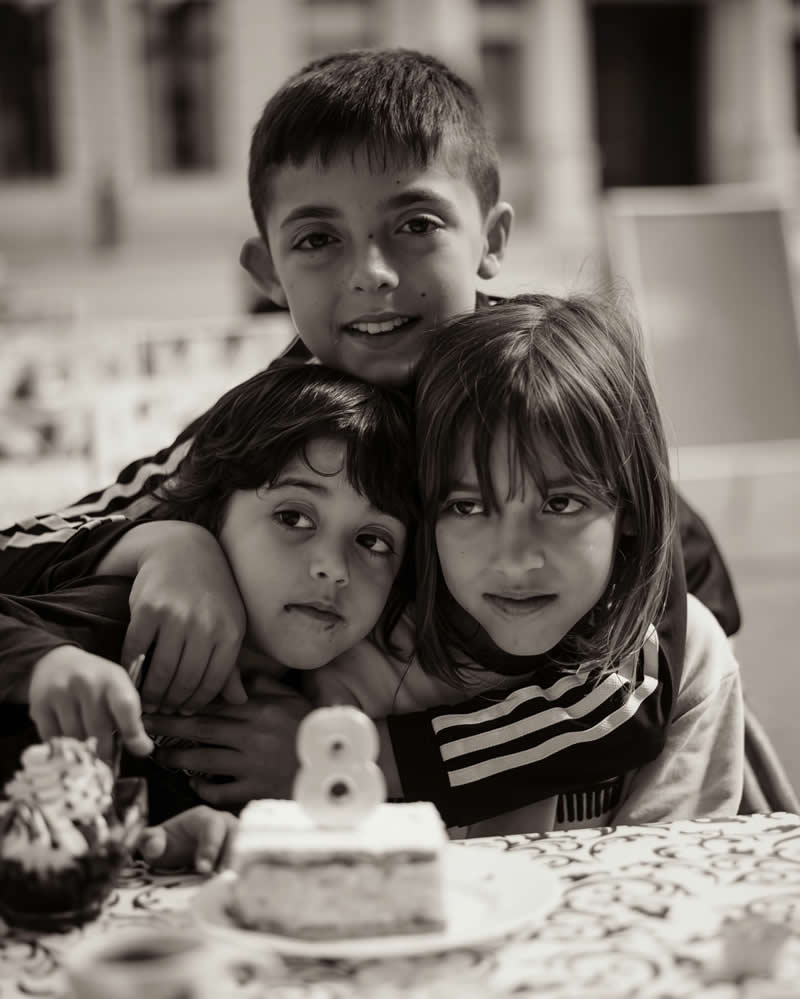
#11
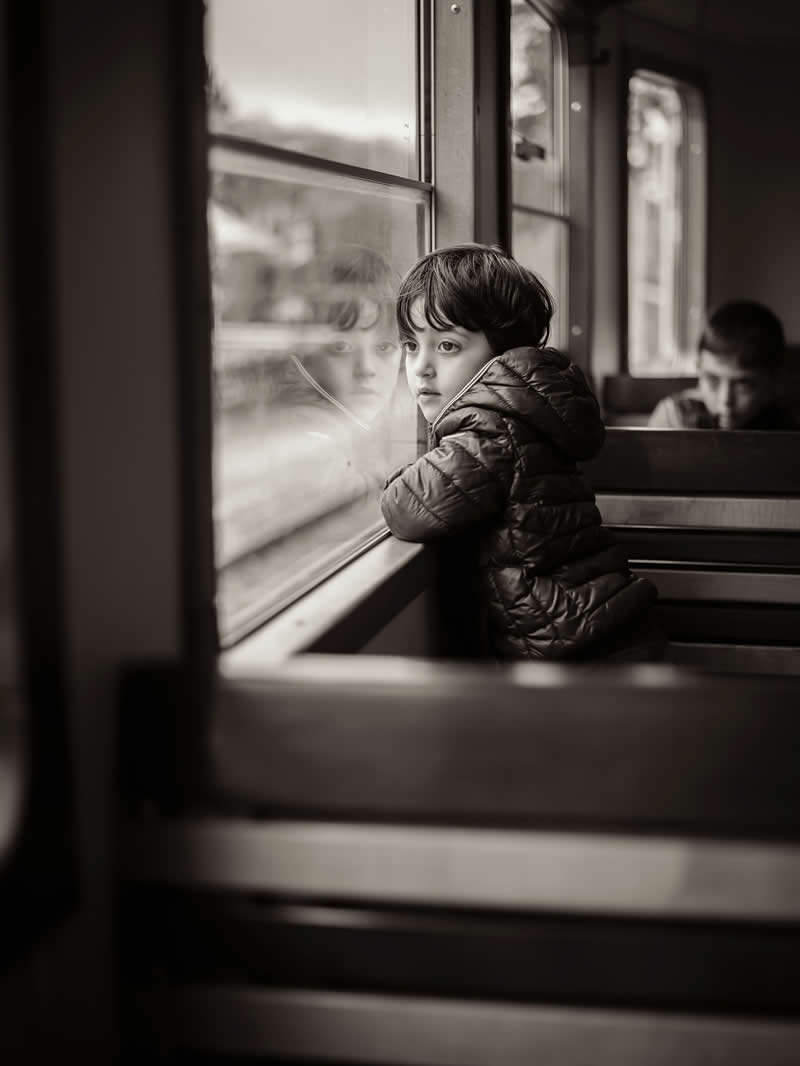
#12
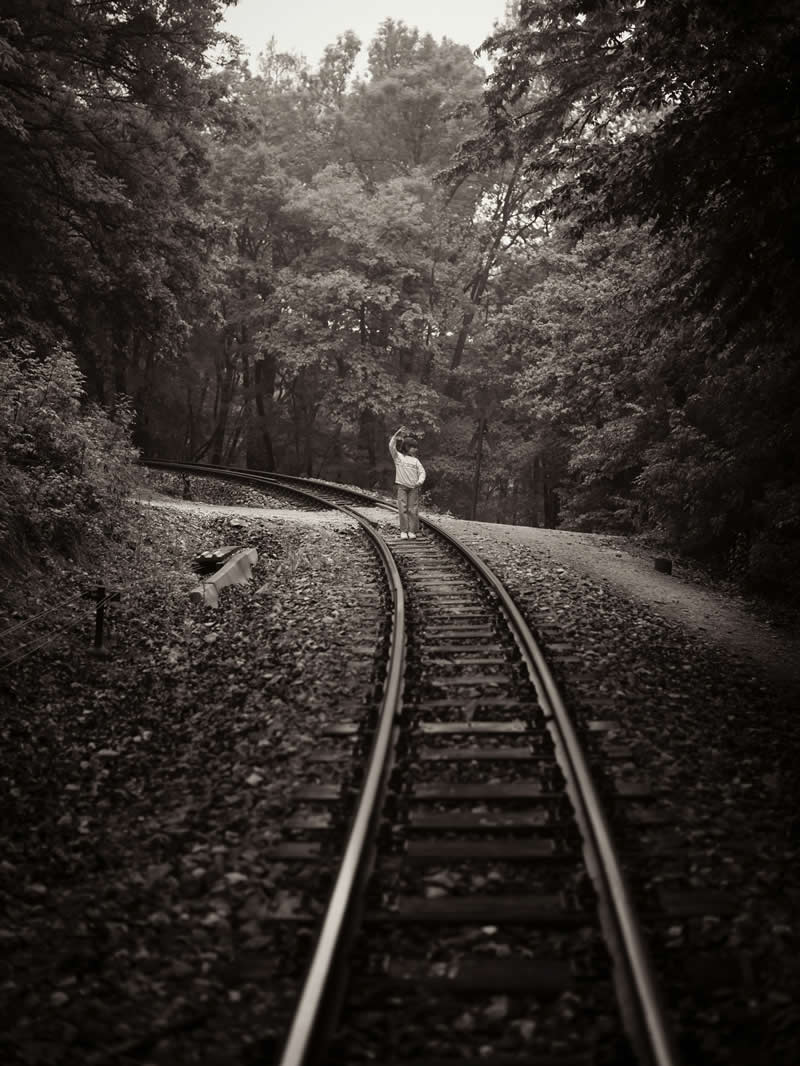
The Emotional Weight of Sepia Tones
One of the most distinctive stylistic choices in Doro’s work is his use of sepia tones, lending his portraits a timeless, nostalgic quality. This warm color palette softens the image while amplifying its emotional depth. Sepia evokes memory—it recalls old family albums, forgotten afternoons, and the intangible scent of childhood.
It is a subtle but powerful tool, enabling Doro to emphasize feeling over form. In his hands, sepia is not a retro gimmick but a medium for emotional storytelling. It slows the viewing experience, encouraging us to pause and reflect, to linger on the emotional textures embedded in each captured moment.
#13

#14
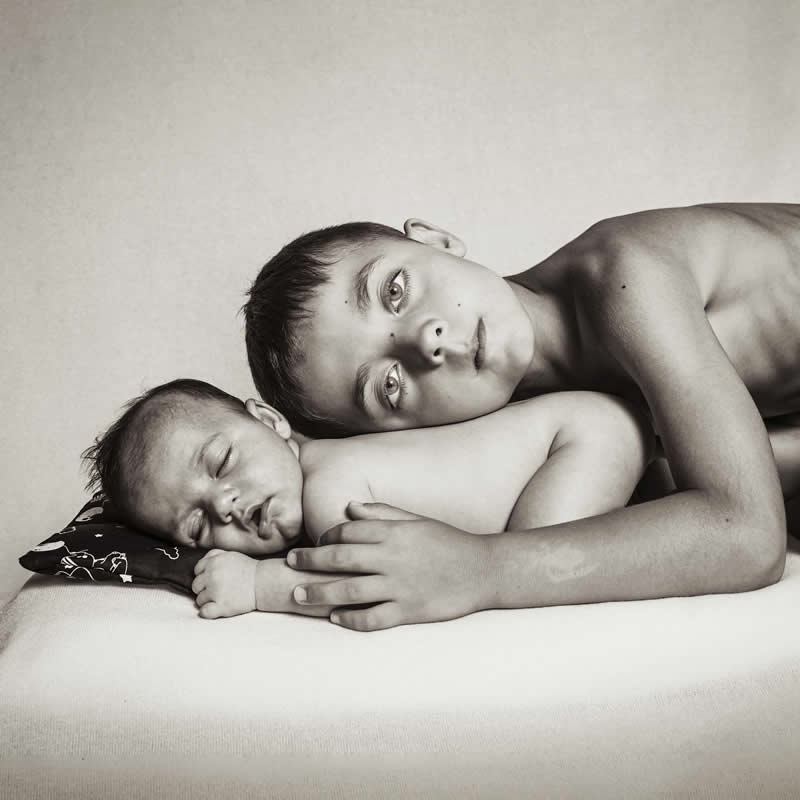
#15

Capturing Honest, Everyday Magic
What makes Doro’s portraits truly special is their unfiltered honesty. He doesn’t chase grand gestures or picture-perfect scenes. Instead, he finds beauty in small, unscripted moments—the ones that feel real. A messy breakfast table, a barefoot child running through the garden, a thoughtful expression at twilight—these become the centerpieces of his visual narrative.
This approach celebrates the magic of the everyday, where life is lived most authentically. Doro’s camera doesn’t intrude; it observes and preserves. Through his lens, the ordinary becomes poetic. His ability to frame emotion within the fabric of routine life invites viewers to find wonder in their own everyday moments.
#16
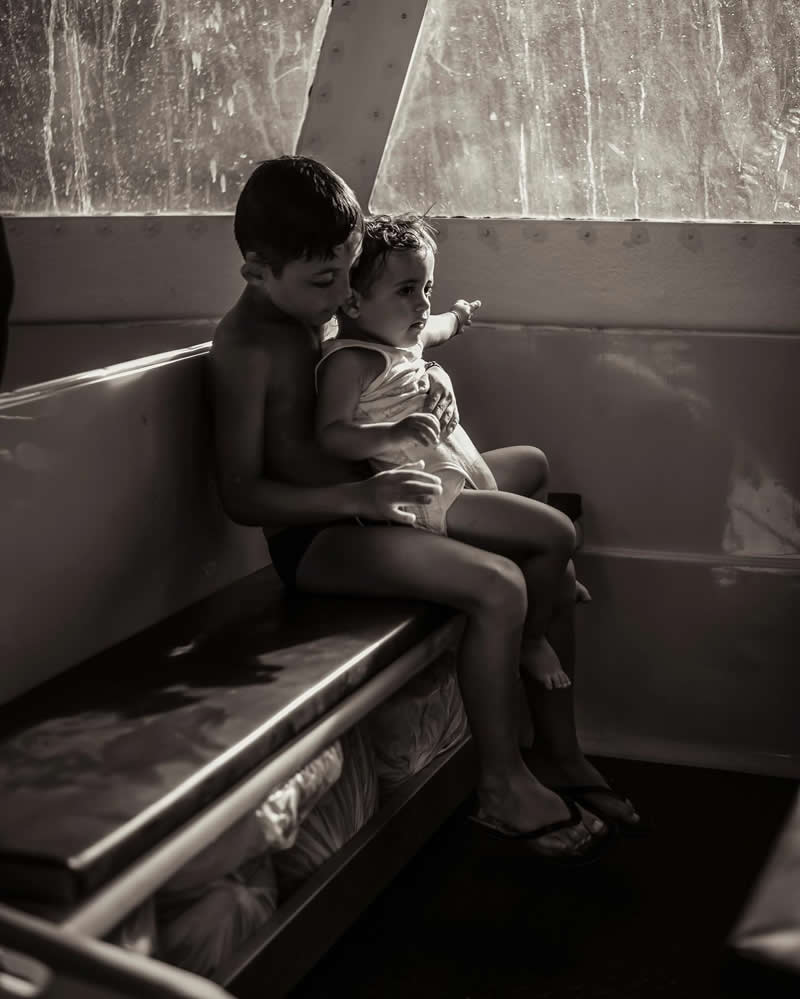
#17
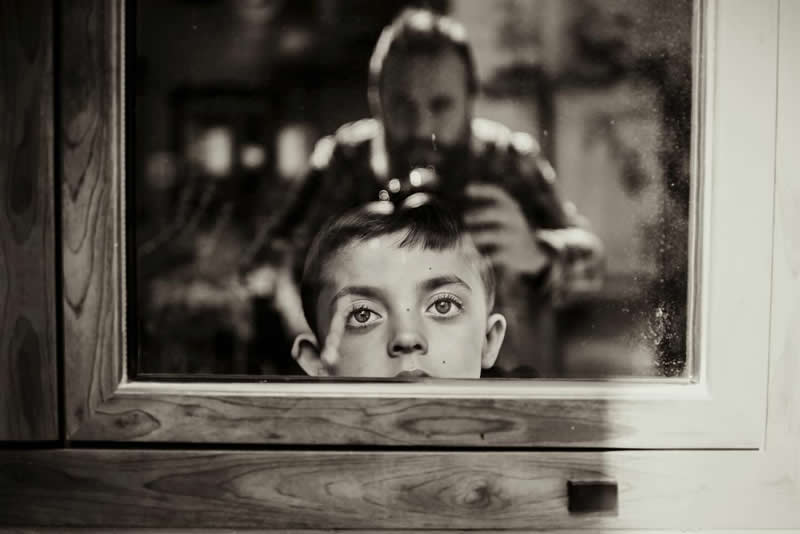
#18
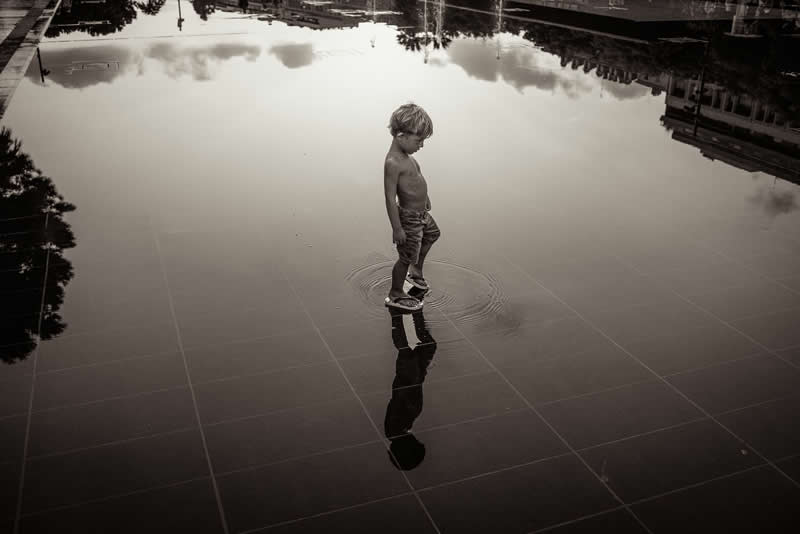
Roberta: Muse, Mother, and Emotional Anchor
Roberta, Nichola Doro’s partner in life and mother of his children, holds a central place in his photographic universe. Her presence is quiet but powerful, often captured in moments of contemplation, caregiving, or connection. Doro’s portraits of Roberta are a study in mutual trust and affection.
He captures her not just as a mother or subject, but as a complete, complex woman. In doing so, he honors the emotional labor and love that form the heart of family life. These images, intimate and respectful, reveal not just who she is, but how deeply she is seen. Through Roberta, Doro also pays tribute to love’s enduring strength.
#19
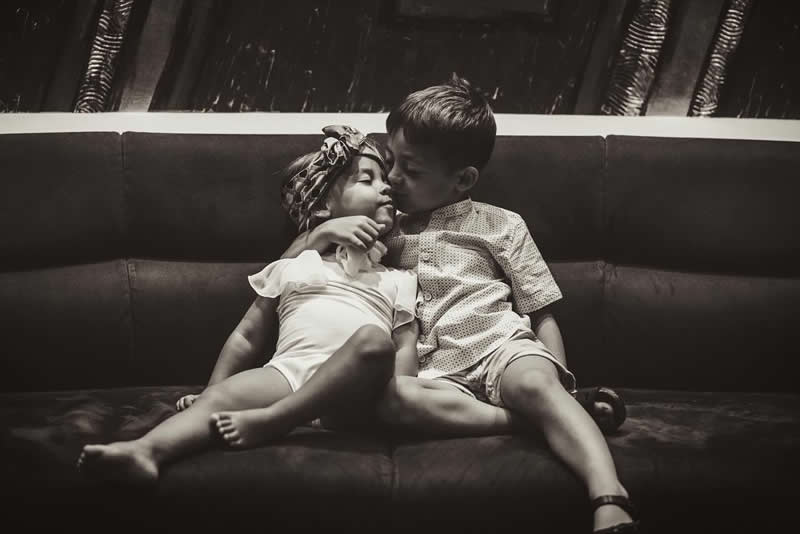
#20
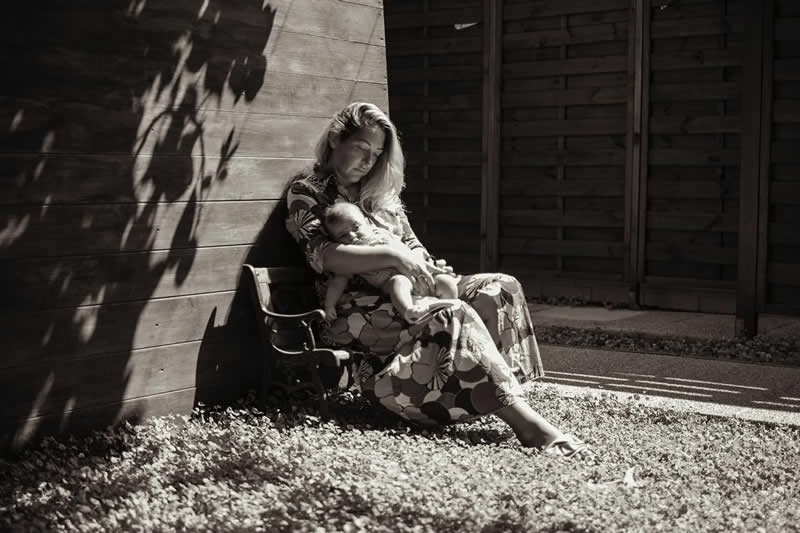
#21
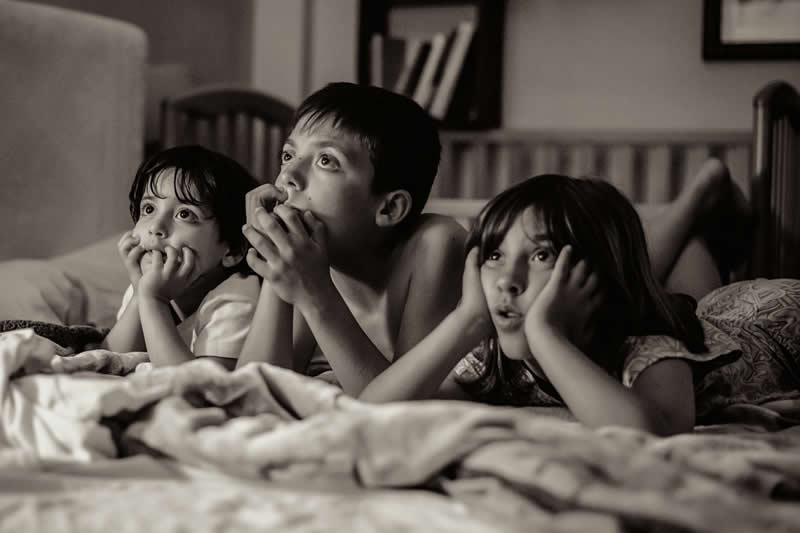
Childhood as a Living Story
Doro’s three children feature prominently throughout his work, their lives unfolding candidly through his camera. His portraits of childhood are not posed or performative—they are raw, exploratory, and deeply affectionate. He captures the wonder, mischief, and melancholy of growing up with an authenticity few photographers achieve.
Whether it’s a close-up of a child lost in thought or siblings playing in fading light, these images form a visual tapestry of innocence and curiosity. Childhood, in Doro’s work, is a living, breathing story—ever-changing yet anchored by love. His portraits are gifts to his children, documenting their lives not as staged memories, but as honest experiences.
#22
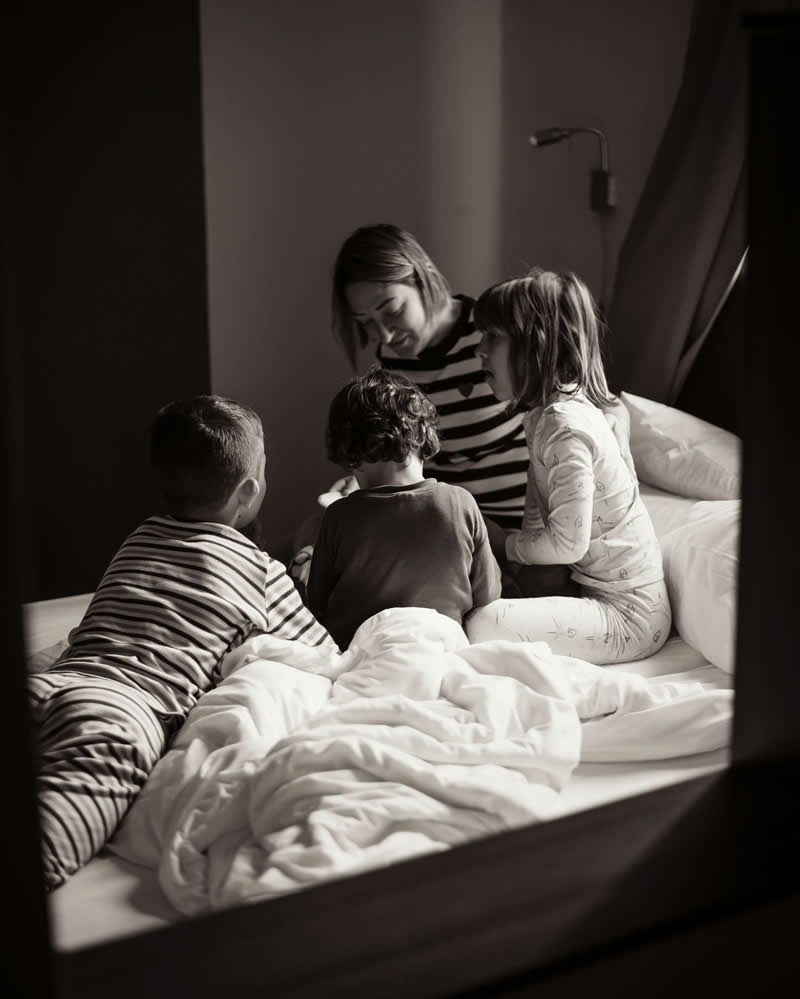
#23

#24
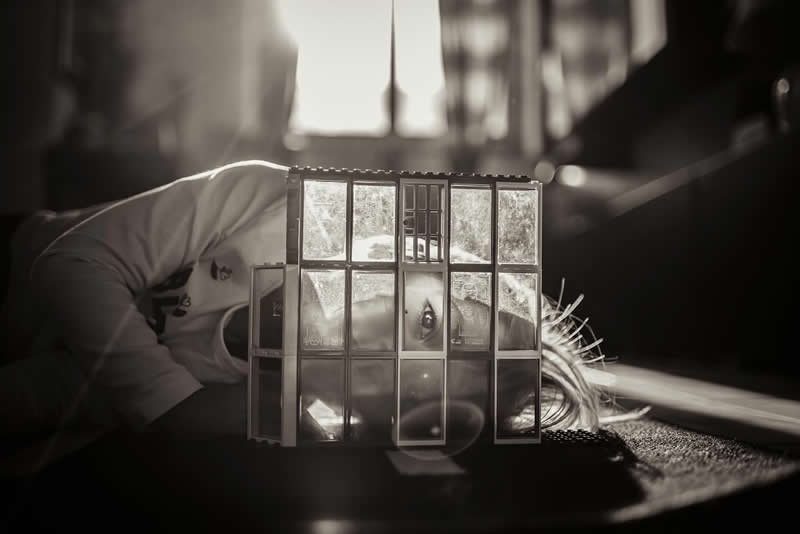
An Inspiring Talent in Modern Family Photography
Nichola Doro is more than a photographer—he is a visual poet of real life. His work stands out in today’s image-saturated world because it is rooted in truth, emotion, and artistic integrity. He shows that family photography can be more than posed smiles; it can be a meaningful expression of love, vulnerability, and belonging. Doro’s ability to merge personal narrative with universal emotion makes his work both intimate and widely relatable.
He reminds aspiring photographers that powerful images come not from distant travels or dramatic lighting, but from being present with the people you love. His talent is not just inspiring—it’s transformative.
#25
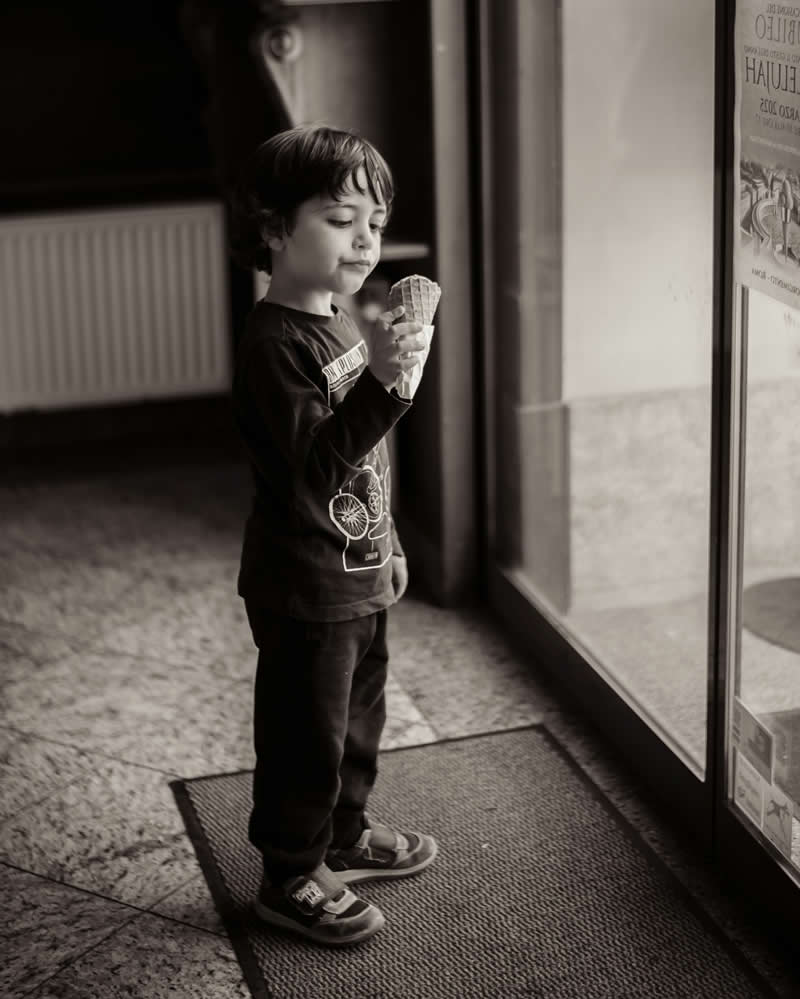
#26
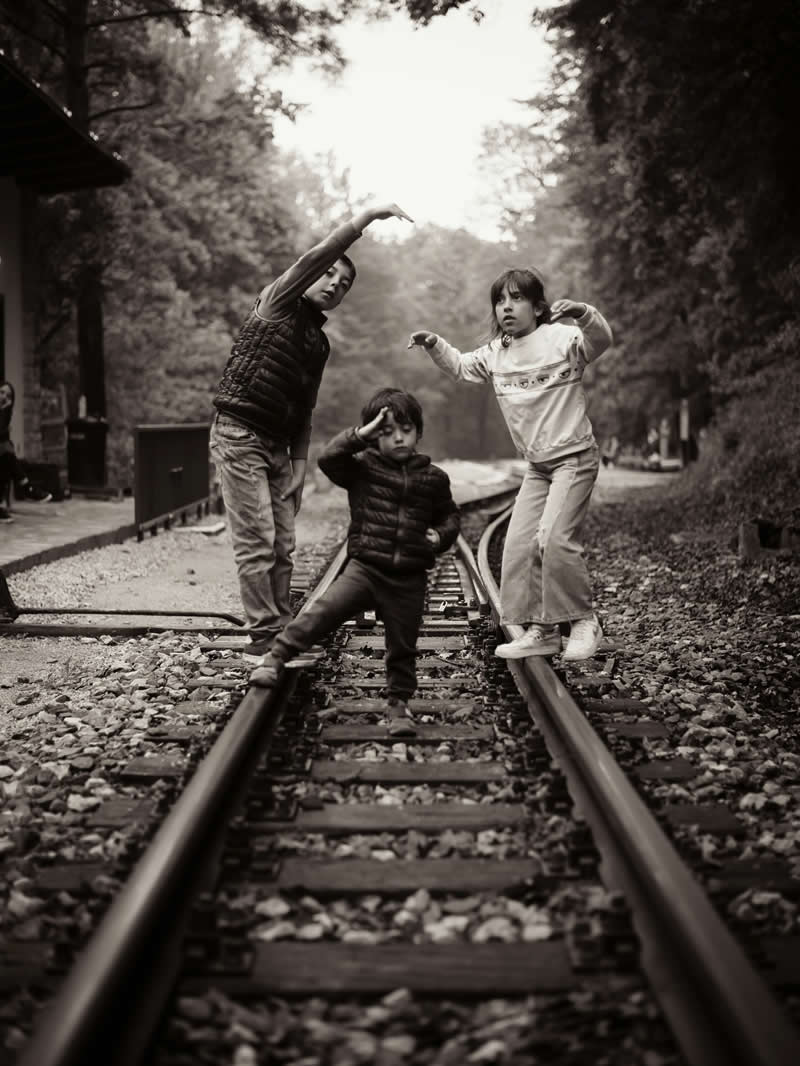
#27
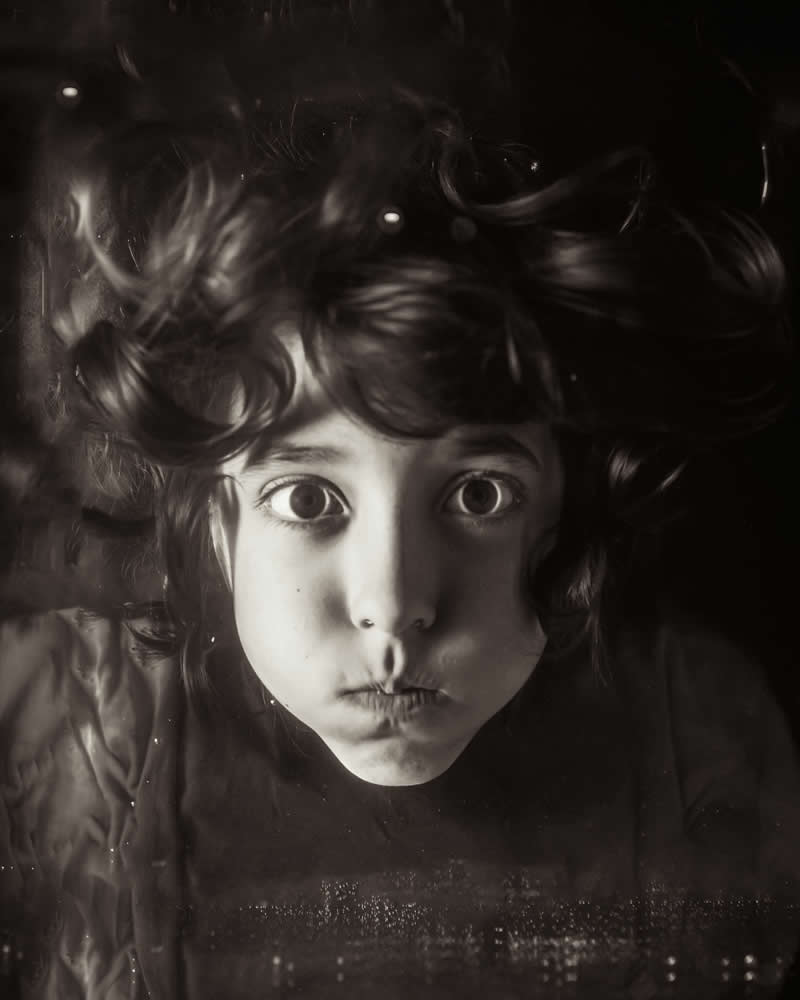
Conclusion
In 30 Poignant Portraits, Nichola Doro invites us into his world—a world filled with laughter, quiet reflection, and unspoken bonds. His photographs speak not through drama, but through subtlety. They celebrate the emotions we often overlook: the comfort of routine, the silent strength of a parent’s love, the fleeting beauty of childhood. Using sepia tones, natural light, and a deeply empathetic eye, Doro has created a visual diary that is both deeply personal and universally touching.
What sets Doro apart is his unwavering commitment to honesty. There are no façades in his work—only real moments, captured with sensitivity and intention. Through his “reportageofmylife” project, he transforms family photography into a narrative of life itself, giving shape to memories that might otherwise fade. In doing so, he reminds us that art doesn’t always come from grand scenes or exotic places. Sometimes, it lives quietly in our kitchens, our backyards, and our arms.
Nichola Doro’s portraits are more than photographs—they’re acts of love, devotion, and artistic clarity. They ask us to slow down, to see the beauty in our own lives, and to hold onto the moments that matter. In his lens, everyday magic becomes unforgettable.
#28
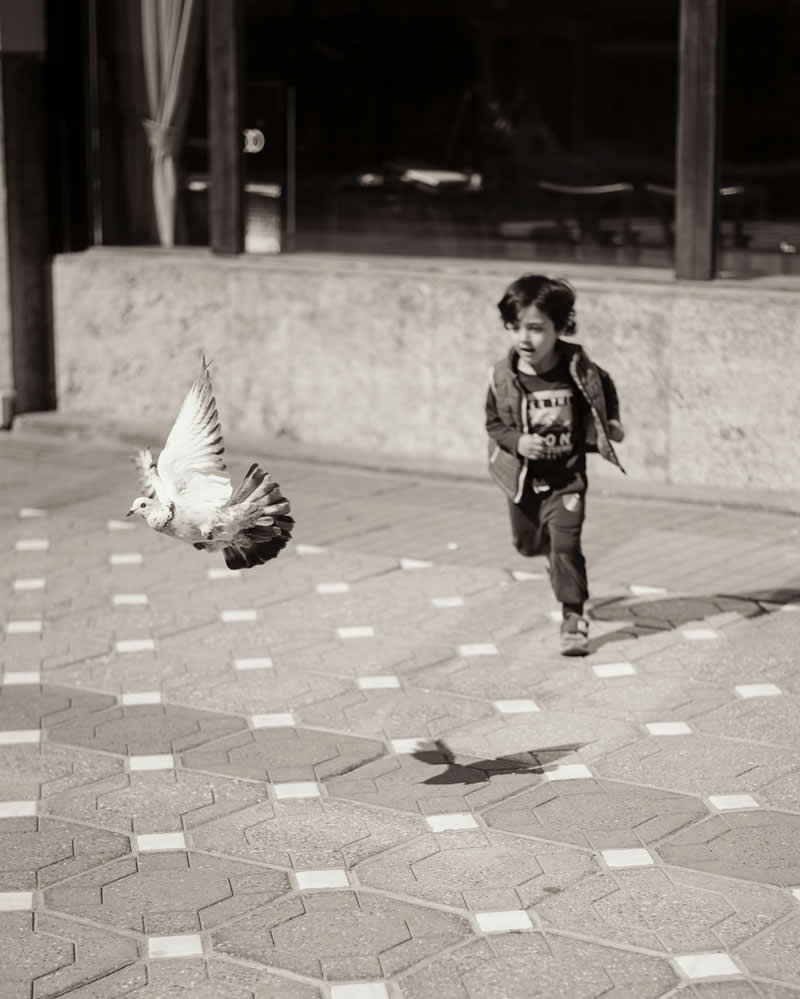
#29

#30


